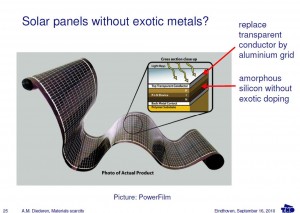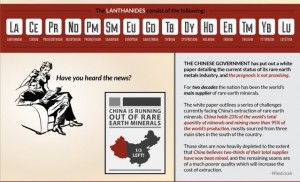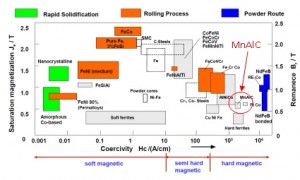The Clean Energy industry depends on significant quantities of precious and rare earth materials, and if these power systems and vehicles were scaled to mass quantity levels, the demand would exceed economic supply. China is the dominant mining source for rare earth metals, and has recently put in place yearly export quotas, which creates uncertainty in supply and raises prices. An easy-to-read summary infographic by Vouchercloud connects Rare Earth materials, it uses, and sources (excerpt below).
There are many industries that also use precious and rare earth metals – IT, Defence and Health – and this affects worldwide prices and supply. Even iPhones contain significant amounts – and many consumers don’t recycle them, nor are their rare earth metals be recycled (check out this gorgeous infographic from 911Metallurgist on the iPhone).
If your Clean Energy product or project depends on rare and precious materials, the cost engineering prognosis is especially difficult as the material prices and supply have significant uncertainty, and recycling/reuse/remanufacturing has much longer timeframes than 18 month iPhones. An automobile is typically on the road for 17 years before disposal and stationary power systems can be 30 years or longer.
A paper from Diederen defines which elements are ideal for Clean Energy, and calling them the “Elements of Hope” (example Fe, Al, Mg). Using the “Elements of Hope” in your product may safeguard you from material supply and cost risks, and potentially give you a competitive advantage. These elements are likely to have the long term demand less than the economically practical supply.
It is possible to choose designs and materials from these elements, and the tradeoffs can overall be beneficial. We give three examples:
- Electric Motors: many electric motors today use neodymium or dysprosium. Toyota has recently teamed Tesla to product an Induction Motor powertrain for the RAV4 EV to avoid these rare earth metals. Even for strong permanent magnets is could be possible to not use rare metals:
- Solar PV industry.

- Fuel cell bipolar plates would either be carbon or metallic plates that use low cost material coating.
Your Clean Energy Power/Transportation Product/Project will have the best chance of success when the entire energy, value, recycle, and material chain is an integral part of the strategy, design, and planning process, using the most up to date methods.


